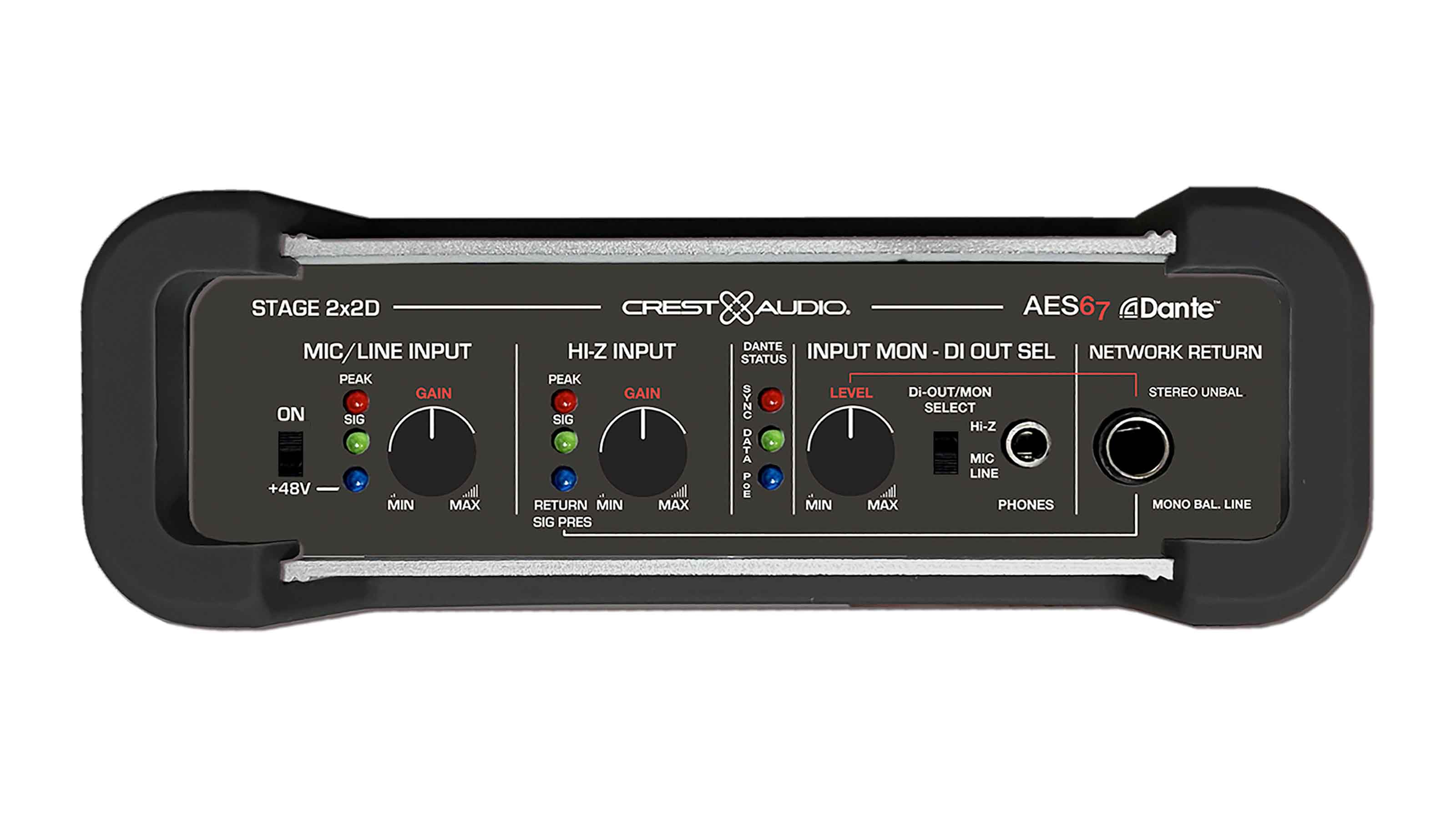Selecting the Right Microphone for Your Conference Room
As the hybrid work model continues to evolve, AV systems, particularly the audio component, have become a focus for improvement. Without intelligible audio, communication is tremendously difficult.

With more professionals returning to the office, conference rooms are starting to see use again, though the meetings that take place are usually of the hybrid variety, with some colleagues in the office but most collaborating from at home or another remote location. As the hybrid work model continues to evolve, AV systems, particularly the audio component, have become a focus for improvement. Without intelligible audio, communication is tremendously difficult.
The quality of the audio remote participants receive relies in great part on the microphones in the room—not only what kind of microphones are used but where they are placed in the room.
The first place people can go wrong is using the wrong type of microphone. The key is choosing the right one is understanding how it will be used. Only when you understand the application can you define your performance targets and figure out which microphone within the given budget best suits your needs.
[ The Hybrid Workplace: Trends in Acoustics and Audio ]
I have long believed the best type of microphone for a meeting setting is the head-worn microphone. Head-worn mics sit close to the speaker’s mouth and stay at a consistent distance, providing what I believe is the best and most consistent audio to participants both in the meeting room and away from it. Unfortunately, participants have generally been reluctant to wear headsets during meetings—until the COVID pandemic, that is, which turned most of us into remote workers and opened our ears to the importance of sound intelligibility during meetings. During the past year, most professionals have grown accustomed to using earbuds and headphone mics in meetings, which could gain this type of microphone a wider acceptance moving forward.

The next best mic option for audio performance is the gooseneck microphone. The flexible gooseneck stand holds the microphone close to the speaker’s mouth, providing a consistent audio experience for the listeners. This option is a little less forgiving than the head-worn mic in that it won’t pick up audio as well if the speaker turns their head away from the microphone or moves back in their seat.
[ Best Conferencing Microphones ]
A daily selection of the top stories for AV integrators, resellers and consultants. Sign up below.
Gooseneck mics are mounted on the desk or podium in front of the speaker, which takes up space on the tabletop and may interfere with the placement of laptops, papers, phones and other items necessary to meeting participants. There is often pushback for aesthetic issues as well with gooseneck microphones because they’re large and don’t blend into any décor.
Alternatively, button-type microphones (or boundary microphones) have been used in these applications because of their lower-profile aesthetic. Situated on the tabletop, these microphones have a little more distance from participants’ mouths than a gooseneck microphone, but they are able to provide good audio performance. However, they are susceptible to tabletop noises (coffee cups, finger tapping, typing) and can be inadvertently obstructed by objects.
That brings us to ceiling microphones. Admittedly, I have been hesitant to specify ceiling microphones within meeting spaces for many years. In the past, this type of microphone suffered from lower audio performance for reasons including high ceilings and environmental interference. Older, less sensitive ceiling microphones were really challenged by high ceilings, which put them further from speakers’ mouths than they were able to handle, and proximity to ceiling HVAC ducts, which made them prone to mechanical noise interference.
Fortunately, technological innovations over the last few years have vastly improved the quality of ceiling microphones. My opinion about their suitability for conference rooms changed when manufacturers started offering multi-element options, which combine the coverage of multiple mics into one package. Their strength is their ability to pick up sounds from identified directions while rejecting sound from other directions, and they are often “steerable,” or able to actively change those directions. Coupled with digital signal processing that has improved ambient noise reduction, ceiling mics have become a viable alternative for me.
[ The Future of Conferencing Audio ]
What doesn’t fit the bill for a conference room microphone? Wireless lavalier microphones and handheld microphones. While these are effective tools in some contexts, they generally have more negatives than positives in a conference room environment. Placed on a speaker’s shirt or lapel, wireless lavalier mics have the benefit of location near the speaker’s mouth, but their disadvantages include degraded performance when the speaker turns their head, susceptibility to picking up clothing noises, a higher price point, and more demands for charging/power.
The performance of handheld microphones relies entirely on the skill of the speaker. If the user is well practiced in holding the microphone a consistent distance from their mouth, they work well. Unfortunately, this is not the case for most meeting participants.
As much as I believe that head-worn microphones still provide the best performance, and probably enjoy a wider level of acceptance, I acknowledge that the multidirectional beamforming microphones offered by several manufacturers provide high-quality performance and seem invisible to meeting participants. Within the physical constraints for good performance relating to ceiling height and locations, I believe these types of microphones will become ubiquitous in conference rooms and collaboration spaces.
Click here to read more stories from the September 2021 issue of SCN.
More About Conferencing Audio
Sound Reinforcement Remedies • James Careless, Nov. 12, 2018 • Few things can hamper a meeting with remote participants more than bad sound. Here are some solutions to common audio ailments.
The Future of Conferencing Audio • Ledetta Asfa-Wossen, Sept. 18, 2020 • With meeting rooms at the nerve center of many companies, understanding the shifting use and technical requirements of the workspace is essential. So, what does the future hold for conferencing audio and specification?
Hot Mics: The Latest in Conferencing Audio Capture • Matt Pruznick, Nov. 6, 2019 • Unlike many other tools of the pro AV trade, the goal of microphones in conferencing rooms is for users to not even notice they’re there. We examine the ways leading manufacturers are innovating in this critical category.
Acoustics and the Modern Meeting Room • Carolyn Heinze, Aug. 24, 2018 • How to successfully sell the importance of acoustics to clients who place more emphasis on design aesthetics.
With over 25 years of experience in the AV industry, Tom Edge serves as associate principal and Washington, D.C., office director for SM&W. He has been with the company since 2008 and has significant experience in both the residential and commercial AV industry.
